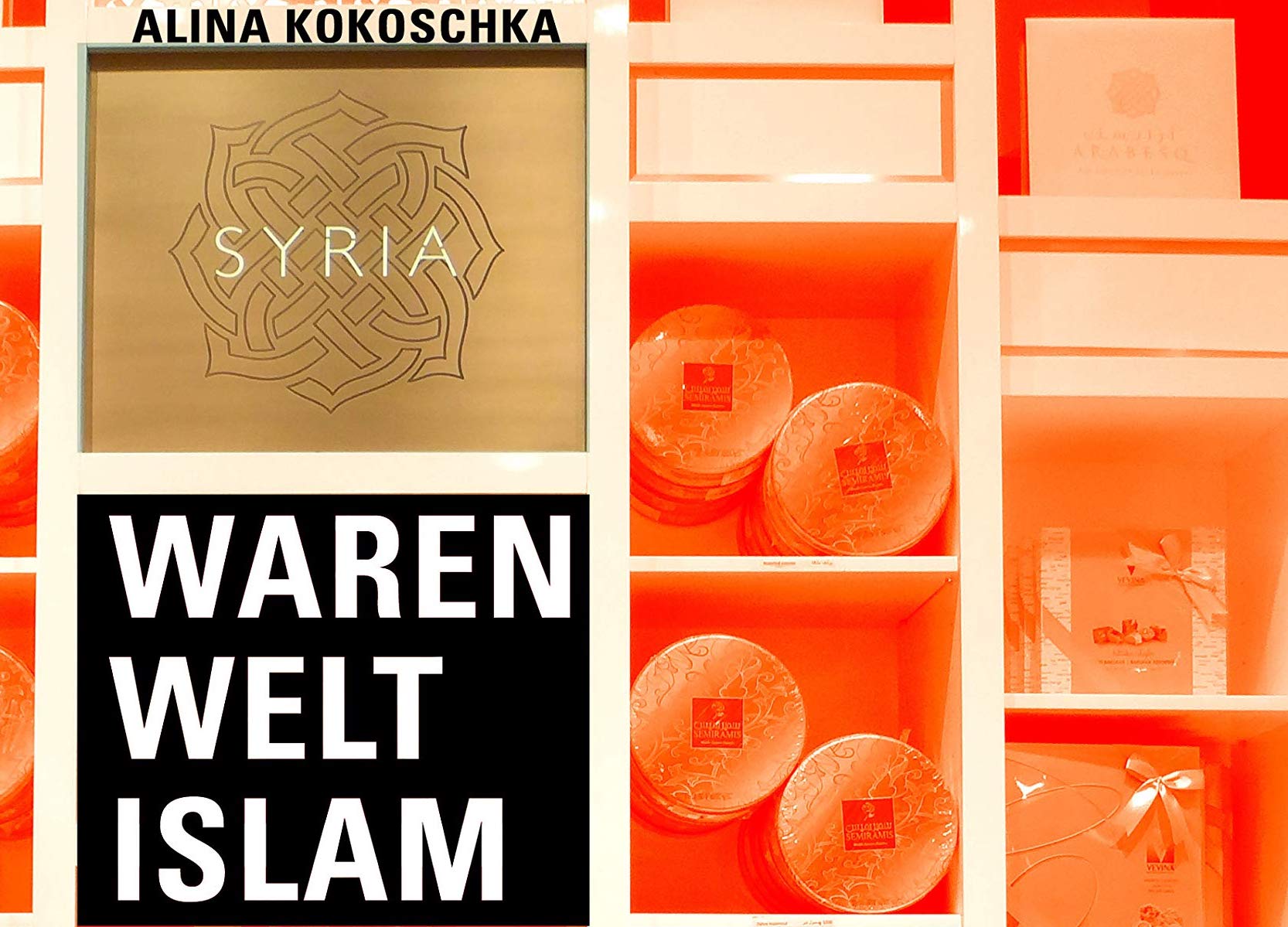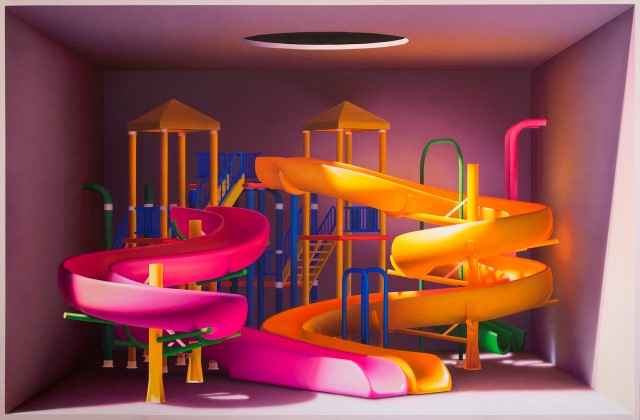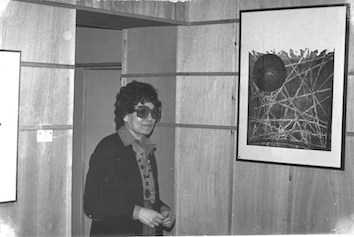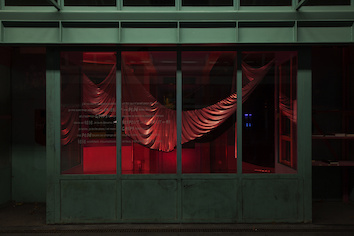Manazir's academic blog is dedicated to the visual arts, architecture and heritage in the MENA region. It is curated by the editorial team of Manazir Journal and was conceived as a space of exchange and expression. This is mirrored in the word "Midan," which signifies "the public square" or the "open space" in Arabic, Persian and Turkish.
We invite submissions of exhibition, book and conference reviews and particularly encourage reviews that focus on events or publications produced in the MENA region itself. Moreover, in connection to Manazir's endeavor to shed light on art histories in the Middle East and North Africa, we welcome submissions of "testimonials" from family members and friends of artists, architects, archaeologists, collectors and curators who have played an important role in their field in the MENA region.
Latest posts
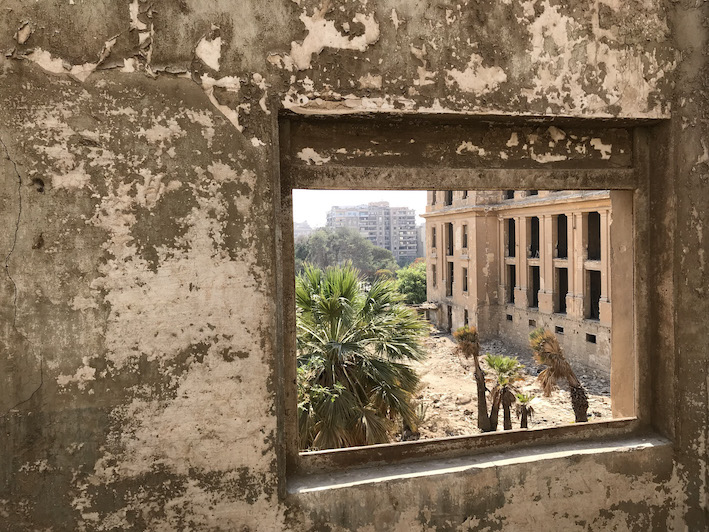 Research Project — Nostalgia and Belonging in Art and Architecture from the MENA Region — Laura Hindelang and Nadia Radwan
Research Project — Nostalgia and Belonging in Art and Architecture from the MENA Region — Laura Hindelang and Nadia Radwan
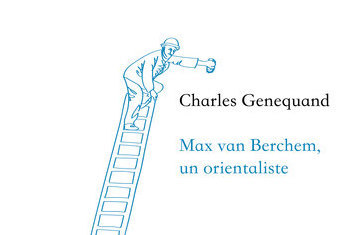 Review — Charles Genequand: Max van Berchem, un orientaliste — Estelle Sohier
Review — Charles Genequand: Max van Berchem, un orientaliste — Estelle Sohier
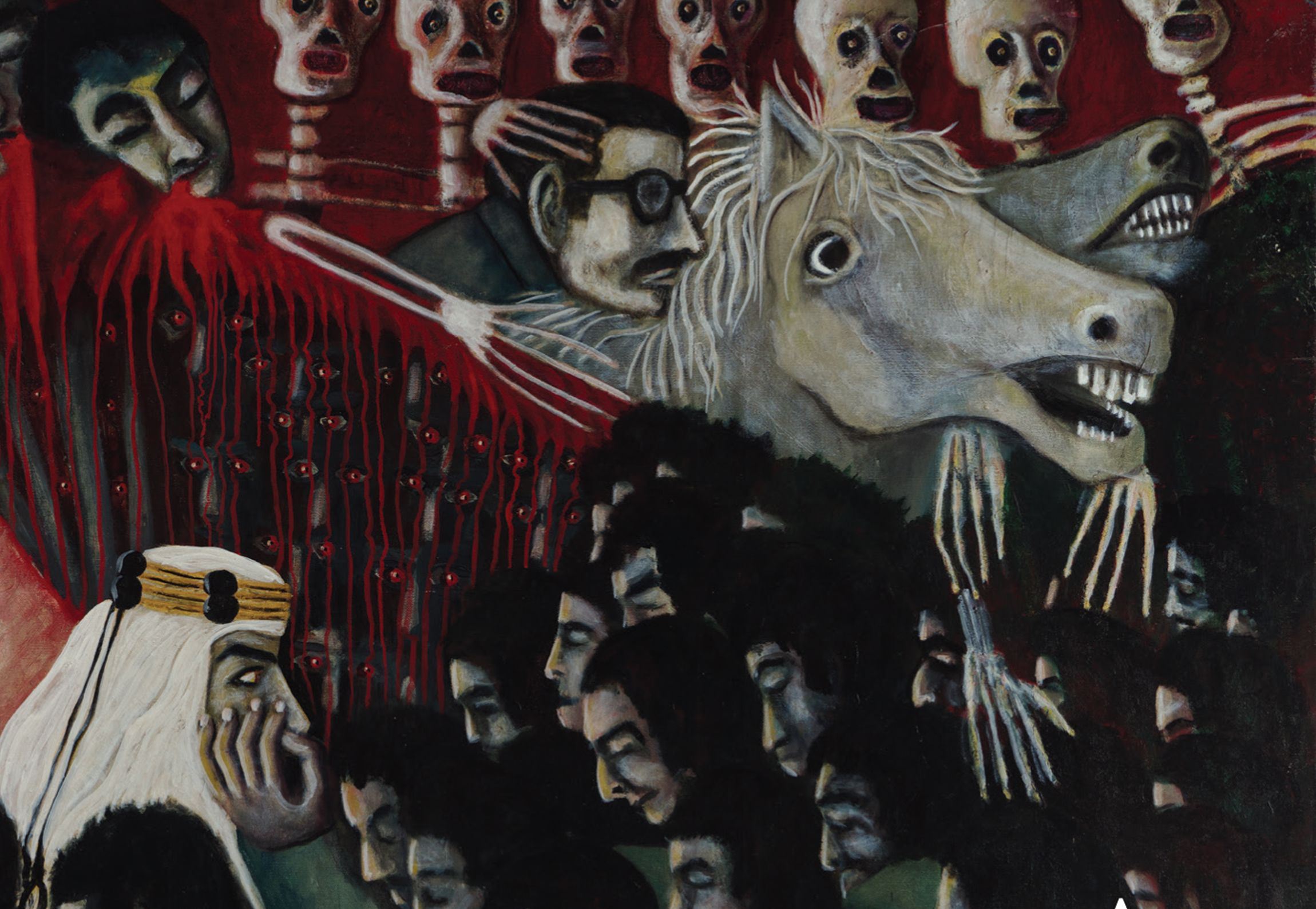 Review — Natasha Gasparian: Commitment in the Artistic Practice of Aref El-Rayess: The Changing of Horses — Charlotte Bank
Review — Natasha Gasparian: Commitment in the Artistic Practice of Aref El-Rayess: The Changing of Horses — Charlotte Bank
Inheriting an artist's collection and archive is an extraordinary adventure, which reshapes one's own history. But how should one manage, (re-)organize and archive works and documents, when one is neither an art historian nor an archivist?" It is in these words that Christine Abboud, daughter of the painter Shafic Abboud (1926-2004), describes the challenges of archival work and the desire not to betray the work and life of her father.
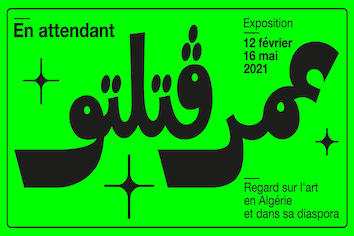 Review — Pour une nouvelle approche de l'art algérien. "En attendant Omar Gatlato. Regard sur l'art en Algérie et dans sa diaspora", Friche La Belle de Mai, Marseilles, 12 February - 16 May 2021 — Zouina Ait Slimani
Review — Pour une nouvelle approche de l'art algérien. "En attendant Omar Gatlato. Regard sur l'art en Algérie et dans sa diaspora", Friche La Belle de Mai, Marseilles, 12 February - 16 May 2021 — Zouina Ait Slimani
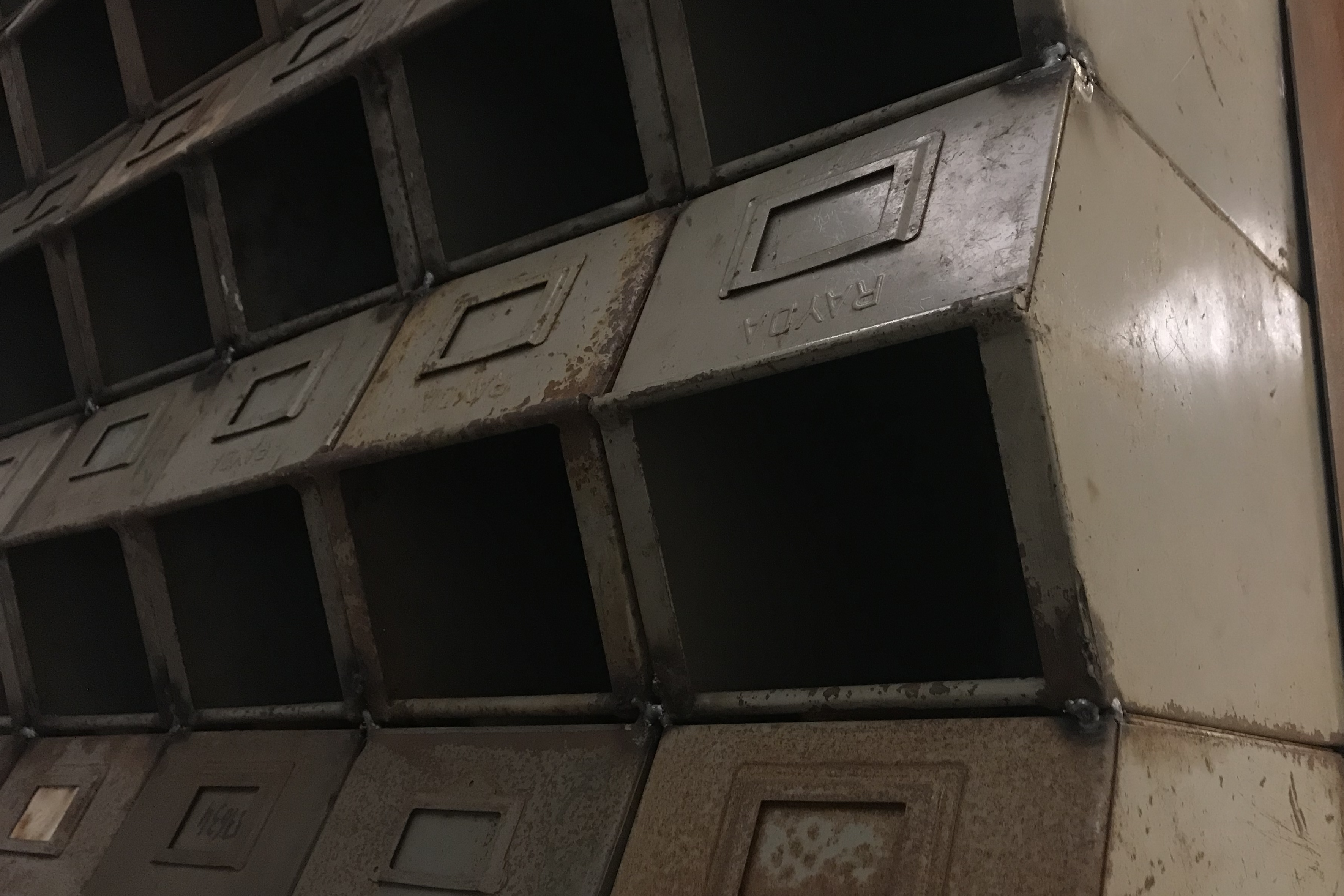 Review — Kader Attia: Die Zukunft liegt in der Vergangenheit. Remembering the Future, Kunsthaus, Zürich, 21 August 2020 – 15 November 2020 — Aldir Polymeris
Review — Kader Attia: Die Zukunft liegt in der Vergangenheit. Remembering the Future, Kunsthaus, Zürich, 21 August 2020 – 15 November 2020 — Aldir Polymeris
Display cases with books and documents, photo collages on the walls, a model skyscraper made of rusty file boxes stacked on top of each other. The installation "Indépendence Tchao" by the French-Algerian artist Kader Attia at the Kunsthaus Zürich builds a complex web of relationships that examines the causes and origins of modern architecture in a extra-European context, not least to ask whether and to what extent the dream of the future ought to be assigned to the past. A review.
AWRAQ is a journal that focuses on different aspects of the Arab world edited by Casa Árabe, a strategic center for the relationship of Spain and the Arab countries with headquarters in Córdoba and Madrid. Under the title “Los tiempos del arte árabe moderno y contemporáneo”, its 19th issue gathers for the first time a collection of relevant texts on modern and contemporary art history from the Arab world in Spanish. Some of these texts have been previously published and were translated and others were commissioned and published for the first time. These essays offer a broad overview of a field that is yet underdeveloped in Spanish academia.
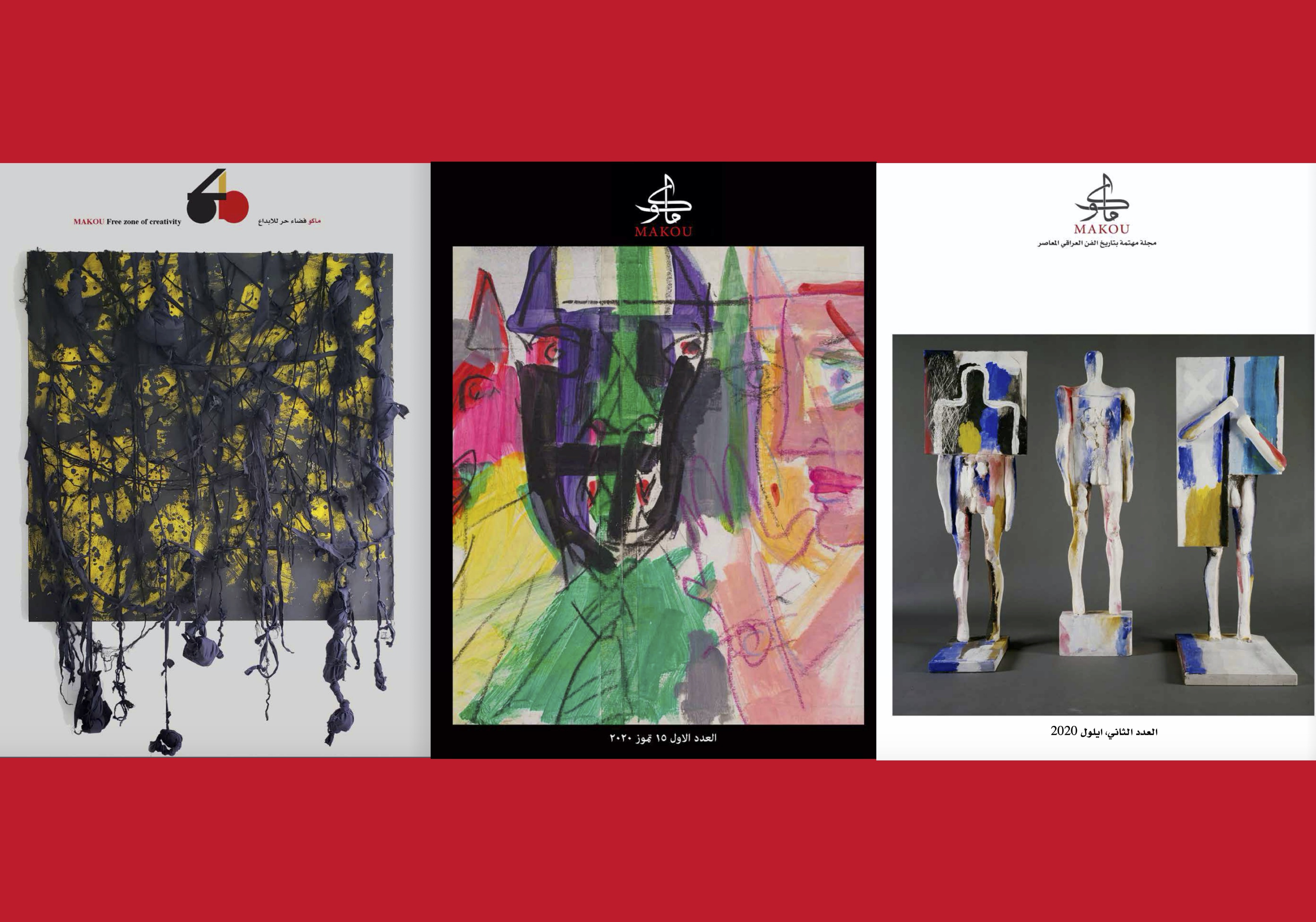 Review — Makou : une revue électrique d'art irakien contre l'isolement / مجلة (ماكو): وسيلة افتراضية ضد عزلة الفنانين — Nour Al Zuhairy / نور الزهيري
Review — Makou : une revue électrique d'art irakien contre l'isolement / مجلة (ماكو): وسيلة افتراضية ضد عزلة الفنانين — Nour Al Zuhairy / نور الزهيري
Since the outbreak of the coronavirus pandemic, many cultural institutions, such as galleries and museums, had to cancel and/or postpone their activities. Therefore, the artists and the institutions are disconnected from their audience. To keep in touch with his fellow Iraqi artists, the London-based Iraqi artist Dia Azzawi founded the online magazine Makou (There isn’t) in May 2020. By providing a platform specialized in contemporary Iraqi art, Makou describes itself as a “free zone of creativity”. The first issue of the magazine focuses on the pandemic and its consequences on art production.
What is an “Islamic” thing? In Waren Welt Islam (Commodity World Islam) Alina Kokoschka examines the life world of “Islamic” things, consumer culture, and the aesthetics of commodities in the context of Syria, Lebanon and Turkey. Laura Hindelang talks with Alina Kokoschka about the book, brands and brand fakes, and open science.
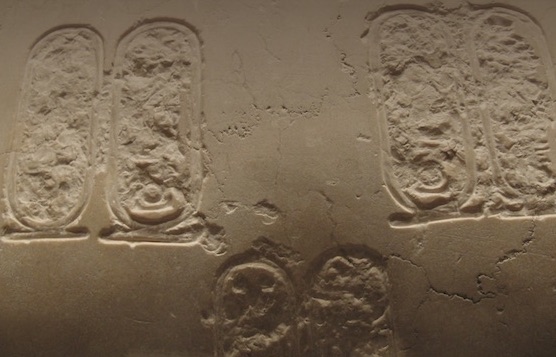 Review — « Images absentes, images détruites : une approche comparatiste ? », University of Geneva, 29 November 2019 — Maddalena Zaglio
Review — « Images absentes, images détruites : une approche comparatiste ? », University of Geneva, 29 November 2019 — Maddalena Zaglio
Read the report of the symposium “Images absentes, images détruites: une approche comparatiste?” to discover, through an original journey among different cultures and epochs, the rather transnational and trans historical character of iconoclasm and aniconism, as well as the most common reasons underlying them.
Firouzeh Saghafi conducted an interview with the director of Datsan’s Basement, Hormoz Hematian, to get his view on the art situation in Iran in times of the COVID-19 pandemic.
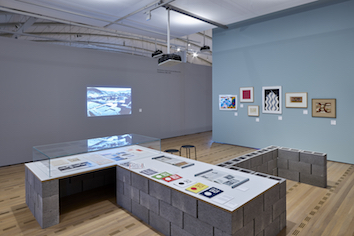 Review — Le Maghreb se réapproprie le Bauhaus, "Bauhaus Imaginista", Zentrum Paul Klee, Bern, 20 September 2019 – 12 January 2020 — Zouina Ait Slimani
Review — Le Maghreb se réapproprie le Bauhaus, "Bauhaus Imaginista", Zentrum Paul Klee, Bern, 20 September 2019 – 12 January 2020 — Zouina Ait Slimani

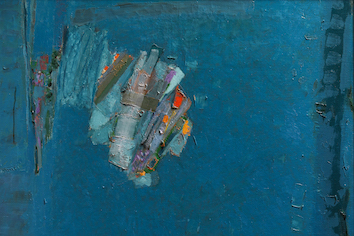 Testimonial
Testimonial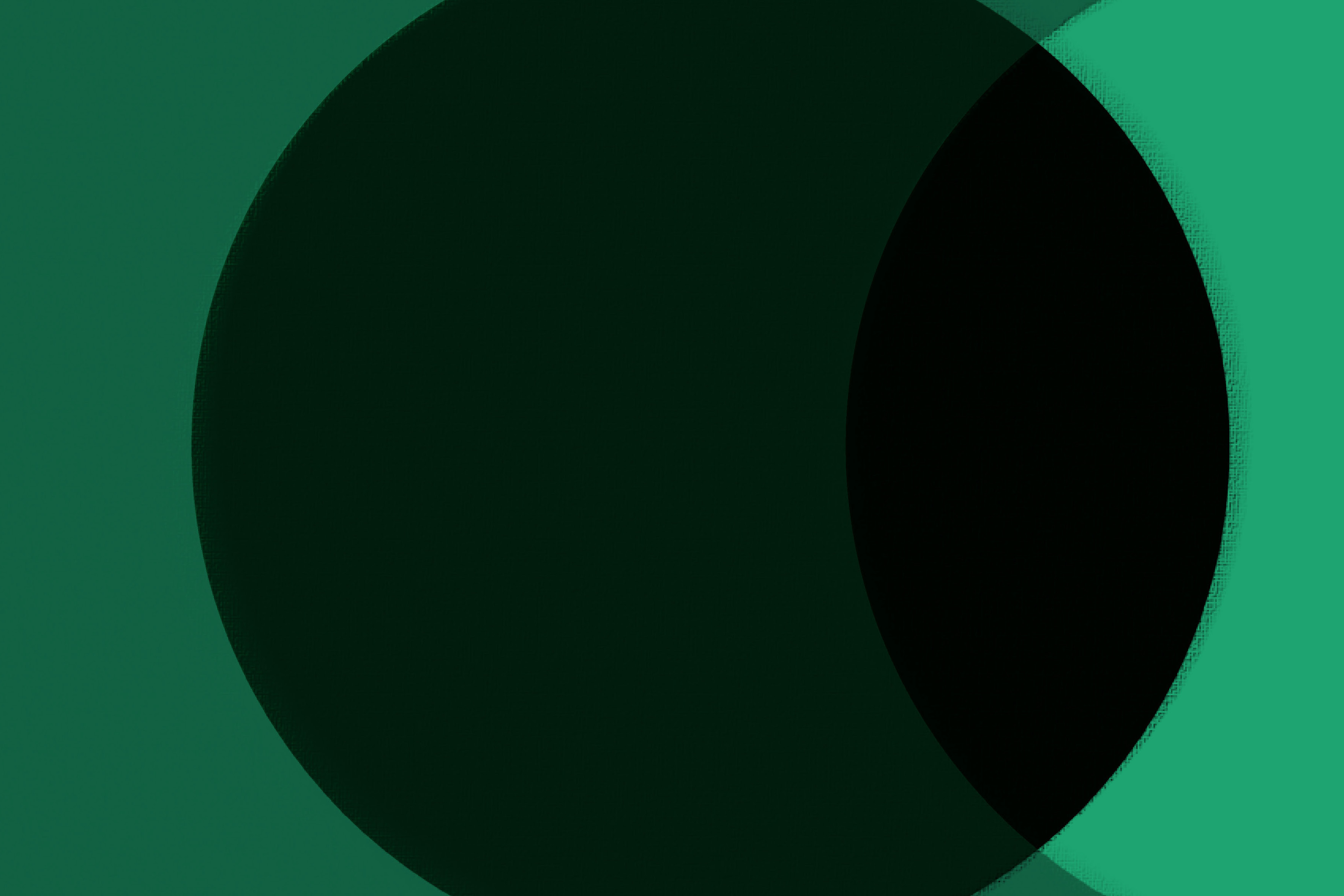 Review
Review 